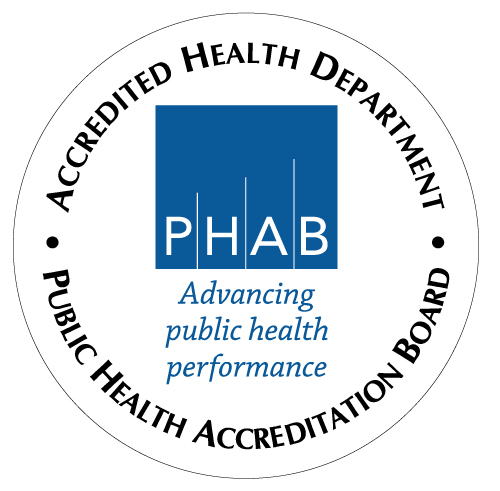Lead is a naturally occurring metal that can cause negative health effects. People are exposed to lead by eating lead chips, ingesting contaminated food or water, and or by breathing in lead dust. Children younger than 6 years are more likely to be exposed to lead dust due to their hand to mouth behavior. Many children ingest lead dust by putting objects such as toys and dirt in their mouth. Because of their developing nervous system, children younger than 6 years old are particularly vulnerable to the effects of lead exposure since lead is easily absorbed in their nervous system.
No safe blood lead level (BLL) in children has been identified and even low levels of lead in blood can cause developmental delays, difficulty learning, behavioral issues, and neurological damage. The effects of lead poisoning can be permanent and disabling.
There are steps that parents and healthcare providers can take to protect children from lead exposure. Healthcare providers can perform a blood lead test if a child was or may have been exposed to lead.
CDC uses a blood lead reference value (BLRV) of 3.5 micrograms per deciliter (µg/dL) to identify children with BLLs higher than most children’s levels. CDC estimates that approximately 500,000 children in the United States have BLLs at or above the BLRV. For BLLs higher than the BLRV, healthcare providers can use CDC’s Recommended Actions Based on Blood Lead Level to develop a plan of action for their patient.
Read more about childhoold lead poisioning prevention,sources of exposure, risk factors, testing and prevention here: https://www.cdc.gov/nceh/lead/overview.html


